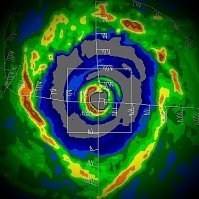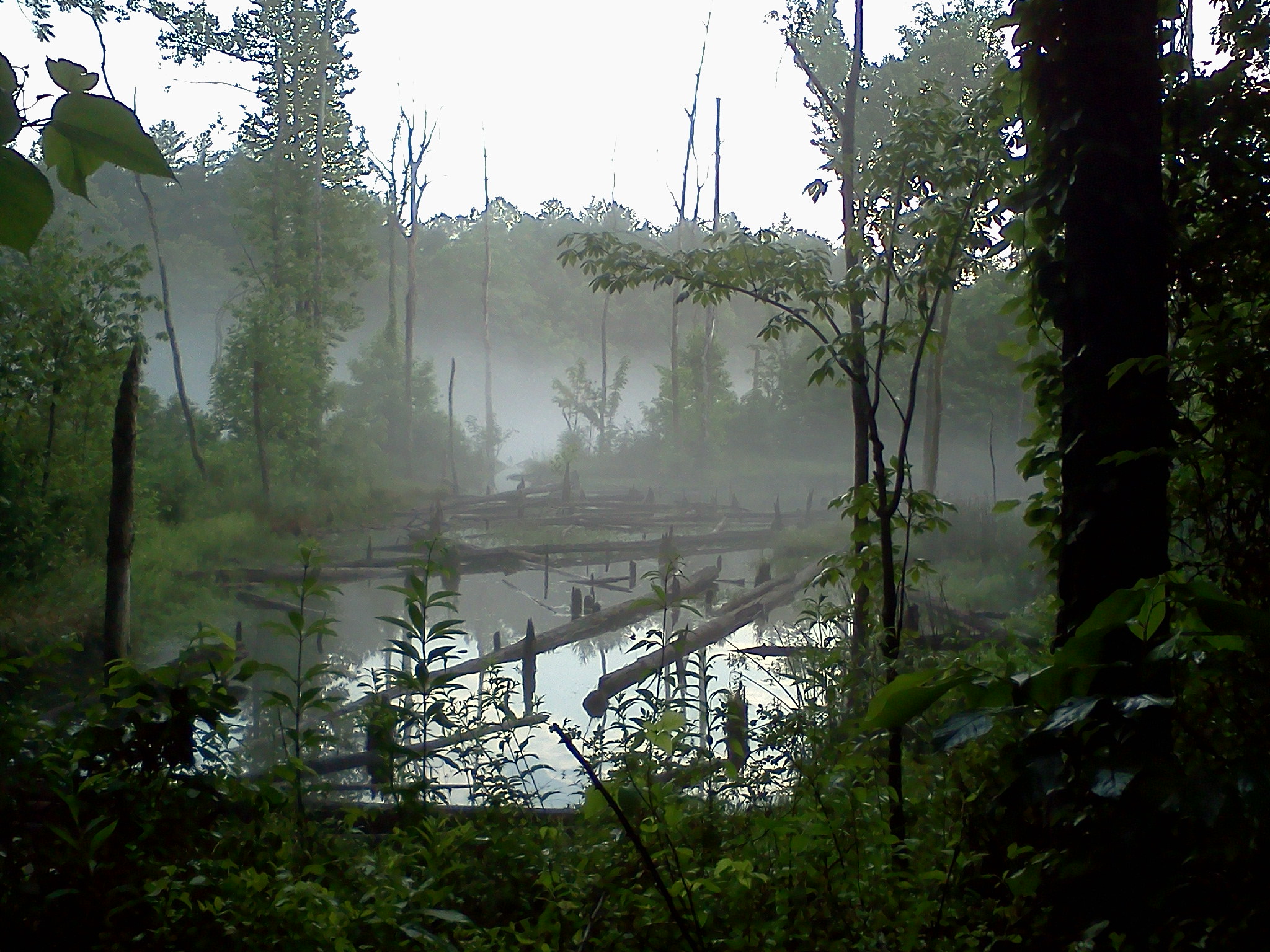-
Posts
4,715 -
Joined
-
Last visited
Content Type
Profiles
Blogs
Forums
American Weather
Media Demo
Store
Gallery
Everything posted by Windspeed
-

2021 Atlantic Hurricane season
Windspeed replied to StormchaserChuck!'s topic in Tropical Headquarters
Ridge placement is such that if 97L develops, it's going to be a Caribbean runner. Typically with a pronounced surface and 590s DM ridge, you get strong low level easterlies in the Caribbean. Climatologically speaking, we still have westerlies screaming over top creating strong shear for anything that might develop, aka the Caribbean graveyard this time of year. But with a potential CCKW in place, increased instability and potential upper level easterlies may coincide through the Caribbean as well. Upper ridge placement could pull off a surprise here. Not to get too far ahead (TCG is still not climatologically favored), but similar rare occurrences and synoptic favoribility have happened. The last anomalous July was 2005. We got Dennis and Emily that year. -
Beyond the marginal SSTs right now and few areas of interest, more importantly it's the overall synoptic pattern setting into place that is a bit eye-popping right now. July might have a few early MDR systems, but August may be far more active this year versus previous recent active years.
-
Good instability. If the MCS can persist and drive due west, we might have a named TS at landfall.
-

2021 Atlantic Hurricane season
Windspeed replied to StormchaserChuck!'s topic in Tropical Headquarters
Ensembles are really trying hard to resolve some kind of cyclogenesis in the MDR next week. It wouldn't be unprecedented. Thermal support is a little meh but SSTs have warmed moderately the past few weeks. If nothing else, it might make things interesting to track into the Eastern Caribbean graveyard that is typical at this point in the season. The suspect easterly wave does look very robust/healthy at this time. -
The city of Slidell and St. Tammany Parish along the northeast shore of Lake Pontchartrain appears to have taken a pretty big hit from Claudette via flash flooding. Again, perhaps a weak sloppy system to scale for tropical cyclone organization. But really any organized coastal surface low in the right environment with intense convergent boundary riding inland can do a lot of damage by significant localized flash flooding.
-

2021 North Atlantic hurricane forecast contest
Windspeed replied to Roger Smith's topic in Tropical Headquarters
Wasn't a time issue. I chose not to enter. Not that I would get lucky enough to repeat but someone else should win. Good luck. -

2021 North Atlantic hurricane forecast contest
Windspeed replied to Roger Smith's topic in Tropical Headquarters
I'll give it another go next season. Good luck! -

Severe Weather May 26th- 28th 2021
Windspeed replied to weatherextreme's topic in Central/Western States
-

Severe Weather May 26th- 28th 2021
Windspeed replied to weatherextreme's topic in Central/Western States
-
Ana did transition to a purely tropical system, even if it will be short-lived.
-
You essentially started the majority of system threads since the early part of last decade. I really hope there was a backup archive. Otherwise that is beyond unfortunate. Glad to read you are not leaving though.
-
lol
-
Wait, what? You're leaving? Wow, I just noticed a huge chunk of threads missing. Damn... Sheesh. Michael, Dorian, Irma (initial), Matthew threads. That's a huge amount of discussion gone forever.
-
-
Zeta's post-season analysis upgrade to Category 3 puts the 2020 season at 7 major hurricanes, tied with 2005.
-
Zeta is upgraded to Category 3 at Louisiana landfall in post analysis. Not surprising at all based on obs and data sets that were recorded. We had 94 mph sustained winds outside of the estimated highest returns. Perhaps the surprise is Zeta sustaining significant intensification over very marginal shallow shelf SSTs (25-26°C) prior to landfall. Though that may be explained by upper tropospheric temperatures in place at the late season date and mid-to-upper trough forcing ascent and lapse rates for Zeta's strong semi-circle eyewall structure.
-

2021 Atlantic Hurricane season
Windspeed replied to StormchaserChuck!'s topic in Tropical Headquarters
-

2021 Atlantic Hurricane season
Windspeed replied to StormchaserChuck!'s topic in Tropical Headquarters
-
As it tightened up..
- 164 replies
-
- 1
-

-
- tennesse
- mississippi
-
(and 6 more)
Tagged with:
-
- 164 replies
-
- tennesse
- mississippi
-
(and 6 more)
Tagged with:
-
- 164 replies
-
- tennesse
- mississippi
-
(and 6 more)
Tagged with:
-
Is "nasty" an okay meteorological word for description?
-
- 164 replies
-
- 1
-

-
- tennesse
- mississippi
-
(and 6 more)
Tagged with:
-


